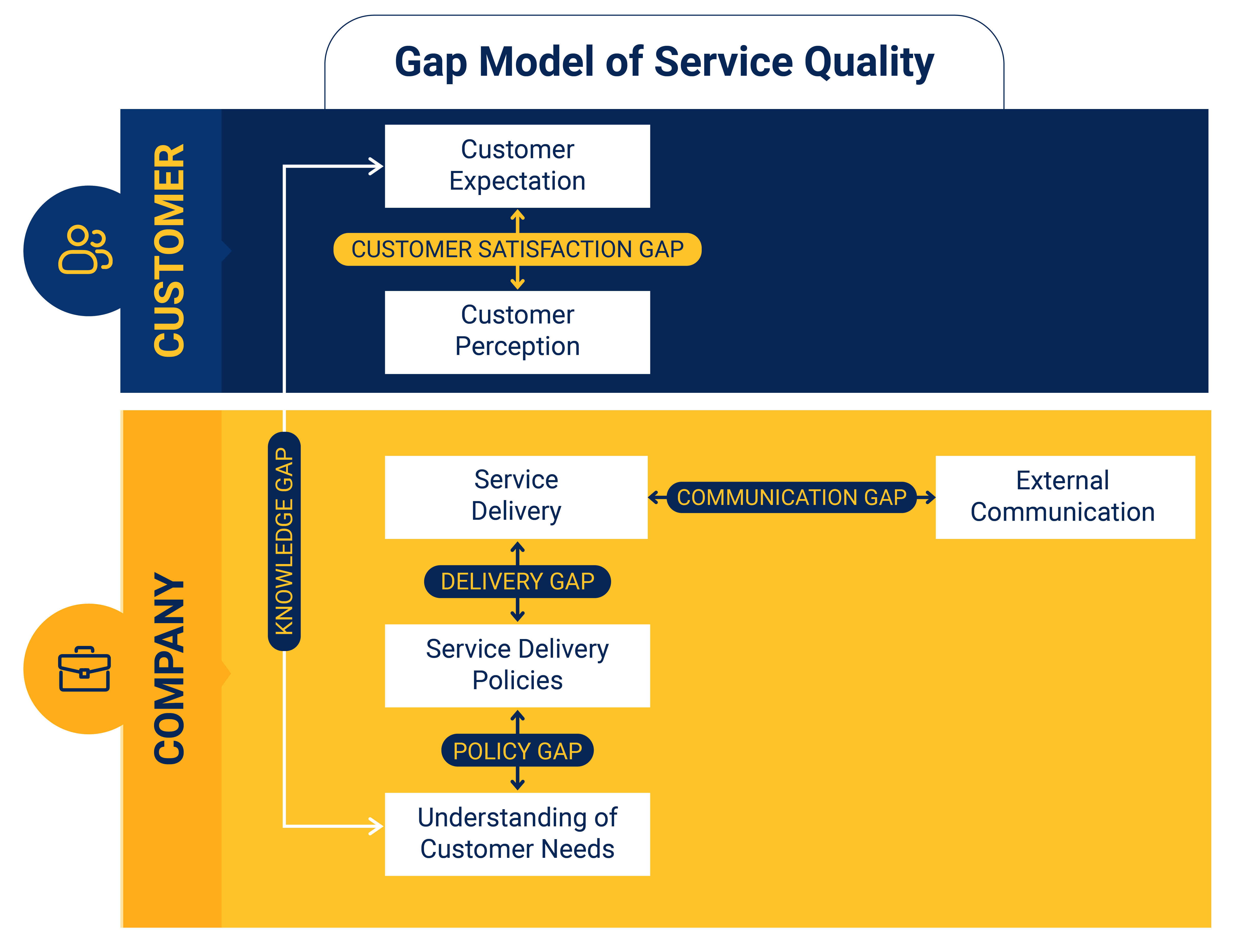Mental Health Services: Gaps, Needs, And Potential Solutions

Table of Contents
Gaps in Access to Mental Health Services
Access to quality mental healthcare is far from equitable. Significant disparities exist, creating barriers for many individuals seeking the help they need.
Geographic Disparities
The distribution of mental health professionals is uneven, leaving rural and underserved communities severely lacking in access. This geographic disparity translates into several critical issues:
- Lack of transportation: Many individuals in rural areas lack reliable transportation to reach mental health clinics or specialists in distant cities.
- Limited availability of specialists: Specialized care, such as psychiatrists or therapists specializing in specific conditions, may be completely absent in rural areas.
- Long wait times for appointments: Even when services are available, wait times can be excessively long, potentially delaying crucial treatment.
The National Rural Health Association reports that rural areas often have only half the number of mental health professionals compared to urban areas. This scarcity exacerbates existing health inequities.
Financial Barriers
The high cost of mental healthcare is a major barrier for many. Therapy sessions, medication, and hospitalization can be prohibitively expensive, leaving individuals and families struggling to afford necessary treatment:
- High insurance premiums: Many insurance plans have high premiums and deductibles, making mental health services unaffordable for many.
- Limited coverage for mental health services: Even with insurance, coverage for mental health services may be limited, leading to substantial out-of-pocket expenses.
- Out-of-pocket expenses: Co-pays, co-insurance, and other out-of-pocket costs can quickly become overwhelming, forcing individuals to forgo essential care.
Socioeconomic status significantly impacts access to mental health care. Individuals with lower incomes are far less likely to receive needed treatment due to these financial barriers.
Stigma and Discrimination
The pervasive stigma surrounding mental illness remains a significant obstacle to seeking help. Fear of judgment and discrimination prevents many individuals from disclosing their mental health struggles and accessing necessary support:
- Fear of judgment: Individuals fear negative reactions from family, friends, colleagues, or their community.
- Discrimination in employment and social settings: People with mental health conditions often face discrimination in the workplace and social situations, further isolating them and hindering their recovery.
- Lack of awareness and understanding: Limited public awareness and understanding of mental illness perpetuate harmful stereotypes and misconceptions.
Comprehensive public awareness campaigns are essential to challenge these stigmas and foster a more supportive and inclusive society.
Unmet Needs in Mental Health Services
Even when access is available, significant unmet needs persist within the mental health system.
Specialized Care Deficiencies
There is a critical shortage of specialized mental health services for various populations:
- Limited access to child and adolescent psychiatrists: Children and adolescents often face long waiting lists for specialized mental health care.
- Lack of culturally competent care: Many individuals from minority groups lack access to mental health providers who understand and respect their cultural backgrounds.
- Inadequate services for individuals with severe mental illness: Individuals with severe mental illness often require intensive and long-term support that is not always readily available.
These gaps highlight the need for targeted interventions and specialized training to ensure that all populations have access to the care they need.
Technological Gaps
Despite advancements in technology, the integration of digital mental health solutions remains limited:
- Lack of telehealth infrastructure: Many areas lack the necessary infrastructure to support telehealth services, limiting access for remote populations.
- Limited access to online mental health resources: While online resources are growing, many individuals lack access to reliable and affordable online mental health support.
- Concerns about data privacy and security: Concerns about data privacy and security can deter individuals from using telehealth and online mental health platforms.
Telehealth offers a promising avenue for expanding access, particularly in underserved areas, but investment in infrastructure and addressing privacy concerns are crucial.
Workforce Shortages
A severe shortage of mental health professionals is a major impediment to providing adequate care:
- Lack of training programs: The number of training programs for mental health professionals is insufficient to meet the growing demand.
- Burnout and high turnover rates: High stress levels and demanding workloads contribute to burnout and high turnover rates among mental health professionals.
- Insufficient funding for mental health training: Limited funding hinders the expansion of training programs and recruitment efforts.
Attracting and retaining mental health professionals requires significant investment in training, competitive salaries, and supportive work environments.
Potential Solutions to Improve Mental Health Services
Addressing the challenges requires a multi-pronged approach focused on expanding access, increasing funding, strengthening the workforce, and reducing stigma.
Expanding Access to Telehealth
Telehealth offers a powerful tool for overcoming geographical barriers:
- Increased investment in telehealth infrastructure: Expanding broadband access and improving telehealth technology is essential.
- Development of user-friendly telehealth platforms: Creating easily accessible and user-friendly telehealth platforms is crucial for broader adoption.
- Training for healthcare providers on telehealth delivery: Training providers on effective telehealth delivery methods is vital for quality care.
Increasing Funding for Mental Health Services
Increased funding is essential to expand access and improve quality:
- Increased insurance coverage for mental health services: Mandating comprehensive insurance coverage for mental health services is a critical step.
- Affordable mental health care options: Developing and supporting affordable mental health care options, such as community-based clinics, is essential.
- Funding for community-based mental health programs: Investing in community-based programs can provide accessible and culturally sensitive care.
Addressing the Mental Health Workforce Crisis
Strategies to recruit and retain mental health professionals are crucial:
- Scholarships and loan forgiveness programs: Providing financial incentives to attract individuals to the field.
- Increased funding for mental health training programs: Expanding training programs to meet the growing demand for professionals.
- Measures to reduce burnout and improve work-life balance: Creating supportive work environments to reduce burnout and improve retention.
Reducing Stigma Through Public Awareness Campaigns
Public awareness campaigns are vital for reducing stigma and encouraging help-seeking behaviors:
- Public service announcements: Raising public awareness through targeted media campaigns.
- Educational programs in schools and communities: Educating children and adults about mental health and reducing stigma.
- Promoting positive portrayals of mental health in media: Encouraging positive and accurate representation of mental health in media to combat negative stereotypes.
Conclusion
The gaps and unmet needs within the mental health services system are significant, impacting millions of individuals and families. However, by expanding access to telehealth, increasing funding, addressing the workforce crisis, and reducing stigma, we can create a more equitable and effective system. We must prioritize investment in mental health services and advocate for policy changes that ensure access to quality care for everyone. Learn more about available mental health resources in your area, advocate for improved mental health services in your community, and remember, seeking help is a sign of strength, not weakness. Let's work together to improve access to quality mental health services for all.

Featured Posts
-
 Reform Party Implodes Amidst Leaked Farage Messages
May 02, 2025
Reform Party Implodes Amidst Leaked Farage Messages
May 02, 2025 -
 Mental Health Literacy Education A Comprehensive Guide
May 02, 2025
Mental Health Literacy Education A Comprehensive Guide
May 02, 2025 -
 Saigon 1975 Us Military Personnel Who Risked Everything To Save Lives
May 02, 2025
Saigon 1975 Us Military Personnel Who Risked Everything To Save Lives
May 02, 2025 -
 Loyle Carners Fatherhood New Album And Glastonbury Performance
May 02, 2025
Loyle Carners Fatherhood New Album And Glastonbury Performance
May 02, 2025 -
 Backlash Follows Inappropriate Kiss On Christina Aguilera
May 02, 2025
Backlash Follows Inappropriate Kiss On Christina Aguilera
May 02, 2025
